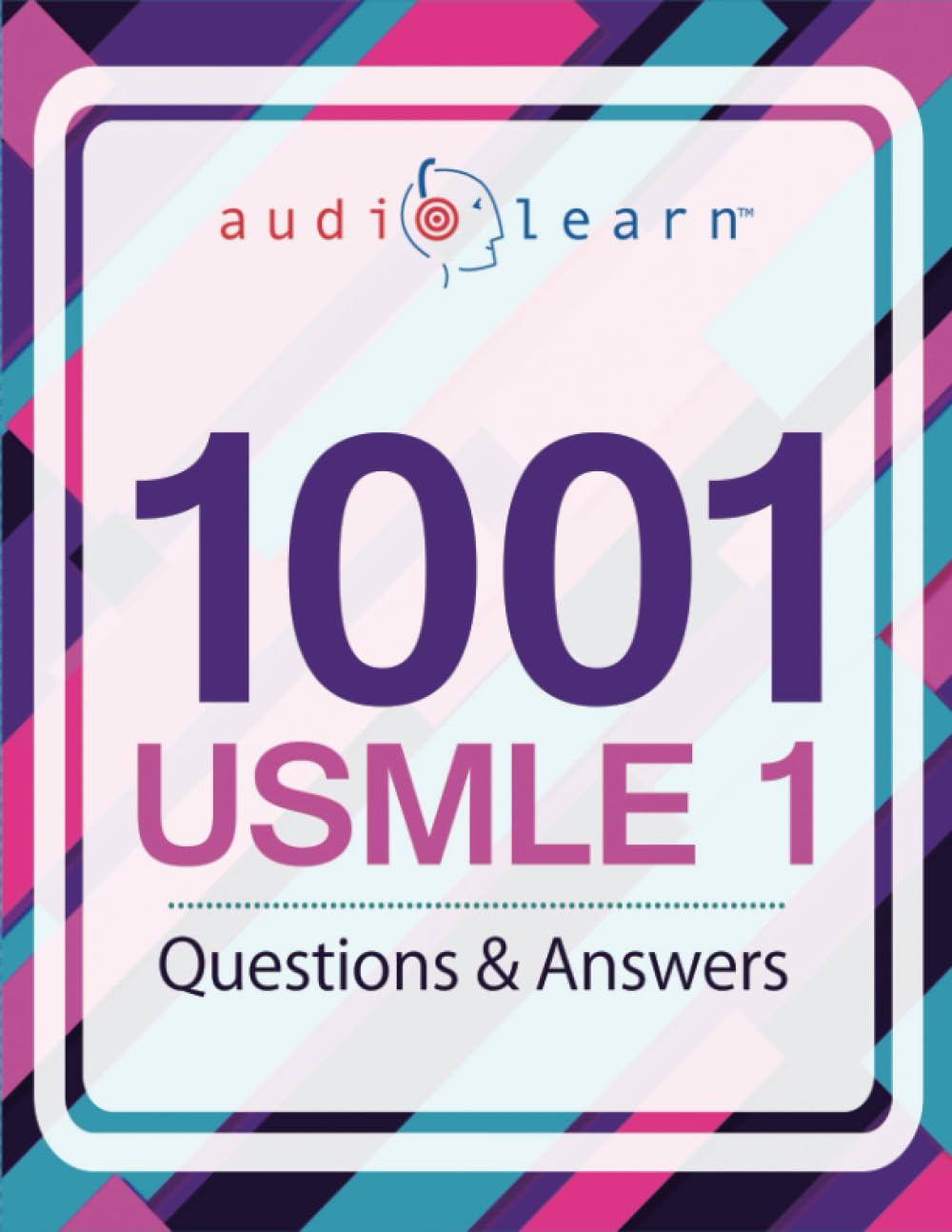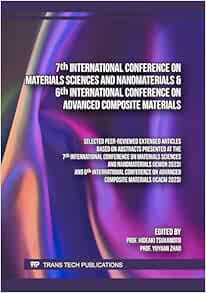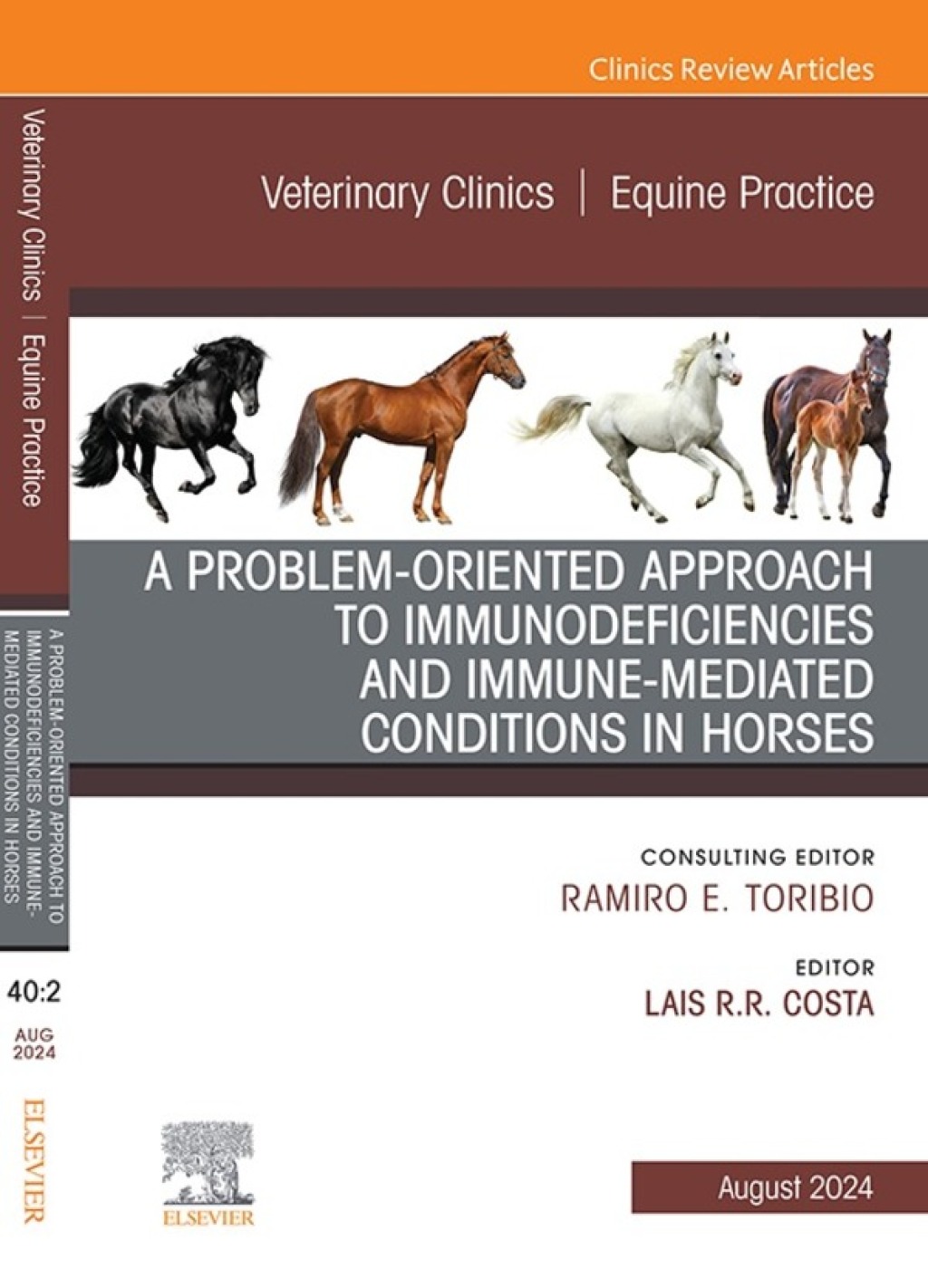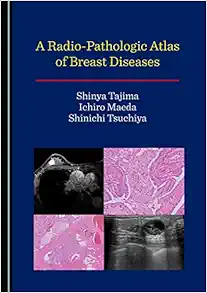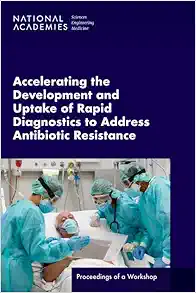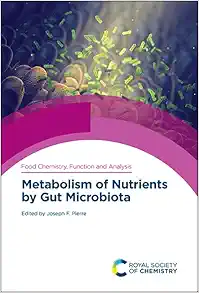
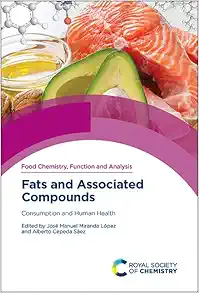
Handbook of Antioxidant Methodology: Approaches to Activity Determination (Food Chemistry, Function and Analysis, Volume 28) (Original PDF from Publisher)
$200.64 Original price was: $200.64.$28.00Current price is: $28.00.
Product content
Handbook of Antioxidant Methodology
Over the past 30 years, the field of antioxidant research has expanded quickly and doesn’t appear to be slowing down. Understanding how antioxidant activity is assessed is crucial to comprehending how they function. Measurements of antioxidant activity, however, are debatable and their usefulness has been questioned. Many of the debates around antioxidant testing techniques are covered in this book. In particular, the book emphasizes the significance of context, assisting the reader in determining which approaches are best suited for various circumstances, how to evaluate the results, and what conclusions can be drawn from the data.
There are many different ways to measure activity, and neither in vitro nor in vivo testing has a consistent approach that has been approved. A comprehensive understanding of the reduction-oxidation processes is necessary to choose the best approach, which will enhance comprehension and use of activity measurements and related data. In order to help readers understand the foundations of redox processes, thermodynamics, and kinetics—all of which are crucial for subsequent chapters—the book provides background information in a distinctive manner.Methods for calculating antioxidant activity from a mechanistic standpoint are described, along with the recovery and extraction of antioxidants from various matrices in an understandable and rational manner. Current techniques for activity testing in a variety of sample types—from foods and plants to bodily fluids and even packaging—are presented in other chapters. However, the focus is always on the sample’s characteristics and the chemistry that underlies the procedure.
Numerous cutting-edge approaches to evaluating antioxidant behavior are investigated, including metabolomics, gene and protein expression investigations, chip technology that uses microfluidic technologies, and electrochemical methodologies. In the end, these methods will generate “big data” from which a grasp of chemometrics will be necessary to derive reliable conclusions.
Although the book is intended for a broad readership, researchers trying to go through the large body of data and frequently contradictory conclusions on antioxidant activity will find it very useful.




